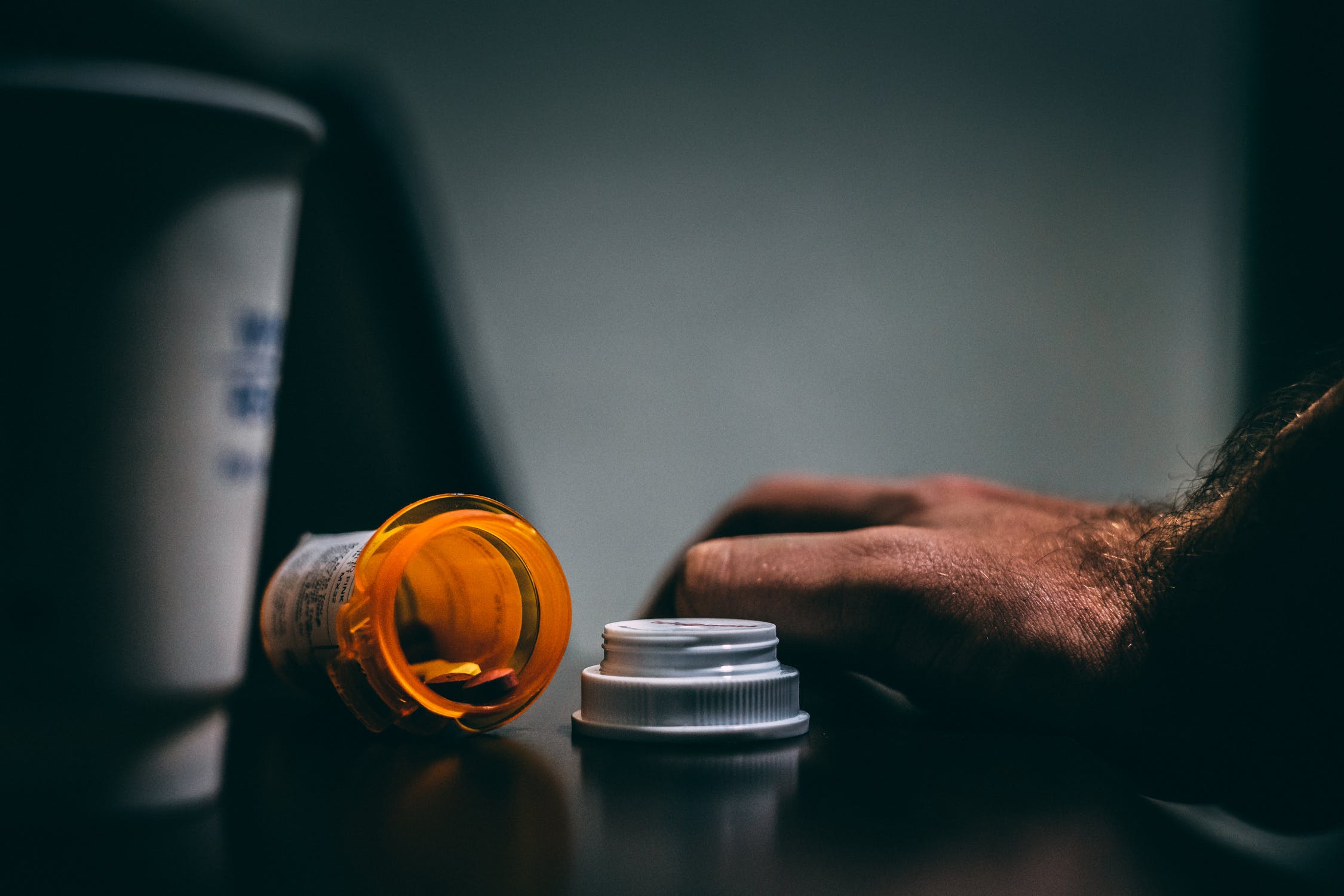Child-resistant packaging has been around for decades and comes in many forms, from pill bottles to mylar packaging. Young children are not able to judge which products are safe and which could potentially cause them harm. They are often attracted to dangerous substances. The purpose of child-resistant packaging is to prevent children from obtaining toxic amounts of a potentially hazardous substance by making the container more difficult to open.
Note that such packaging is child-resistant, not child-proof. Given enough time, even a very young person may figure out how to open child resistant mylar bags. The idea is that the measures taken to make it difficult for a child to open will give parents enough time to prevent an accidental poisoning. Nevertheless, parents should still take care to keep all potentially hazardous materials out of the reach of children.
There are many good reasons to use child-resistant packaging for your product. Here are the top four.
1. To Protect Children
Most of the calls received by poison control centers around the country pertain to incidents involving children less than 6 years of age. Hundreds of thousands were children either one or two years old. For every 1,000 children under the age of 6 in the United States, there were 37.7 poison exposures in 2018. The number of children involved in accidental poisonings used to be even higher until the federal government required child-resistant packaging on certain products.
2. To Prevent Lawsuits
For any company that puts a product out into the world, safety should be paramount. Consumers who come to harm as a result of inadequate packaging have the right to take legal action to collect damages. Parents can file a lawsuit on behalf of minor children who come to harm as a result of contact with hazardous or toxic materials that could have been prevented by child-resistant packaging.
3. To Comply With the Law
Depending on the product that you sell, the federal government may require you to use child-resistant packaging. Examples of such products include household chemicals, drugs, and cosmetics. This requirement originated with the Poison Prevention Packaging Act of 1970, and approximately 50 years later, it is still in effect.
4. To Inspire Confidence in Consumers
Child-resistant packaging can reassure your customers that their children will be safe around your product. To receive certification of child-resistance, packaging goes through extensive testing in a controlled setting. Children ranging from 3.5 to 5 years old are divided into three age categories and given instructions on opening the packages with which they have been provided. They are specifically told that they can use their teeth to try to open the package. They have 10 minutes in which to make the attempt, and the extent to which they succeed or fail determines whether the package can be certified as child-resistant. Testing panels involve a minimum of 50 children and a maximum of 200.
If you’re looking for flexible plastic packaging for your products, consider child-resistant options. Even if not required by law, it can offer peace of mind to both you and your customers.

